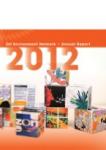 Even though Zoï has existed in a different body since middle 1990s or early 2000s, depending on how one counts, formally we came to our Swiss being in 2009. Yet four years is a long time for a start-up: many die before, others finally take a deep breath and start to reflect upon what they really are.
Even though Zoï has existed in a different body since middle 1990s or early 2000s, depending on how one counts, formally we came to our Swiss being in 2009. Yet four years is a long time for a start-up: many die before, others finally take a deep breath and start to reflect upon what they really are.
Just as they did with our previous body – GRID-Arendal in Norway – people may see us differently, depending on what they are ready to see. Some believe that Zoï is a cool (not always cheap) design studio, while others see us as artists, scientists, travel agents, fixers and handymen. We are also donors, propagandists, agitators and missionaries. But one thing is certain: without inventing, writing, illustrating and printing what we see as attractive and creative zoïbooks, we can not exist.
One other certain thing is that it is in the countries, cities and mountains, deserts and rivers that we find ideas and audiences for these books. It is there we hope to help build a different world and future by bringing to people what we know and believe in, and by carrying back from them to international Geneva the true meaning and inspiration for us to continue and grow.

 Resource efficiency
Resource efficiency Disasters
Disasters Environmental governance
Environmental governance Harmful substances
Harmful substances Ecosystems management
Ecosystems management
 Global
Global Eastern Europe
Eastern Europe Caucasus
Caucasus Central Asia
Central Asia Balkans
Balkans Mediterranean
Mediterranean
 THINK!
THINK! TELL!
TELL! ACT!
ACT! TEACH!
TEACH!




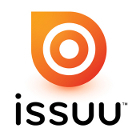

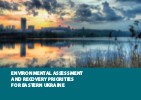




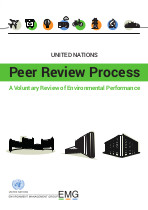


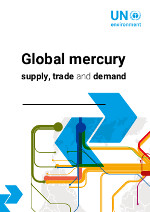
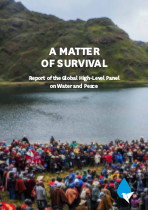



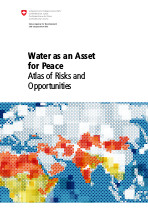






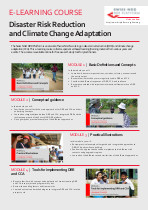



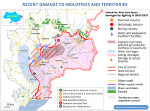
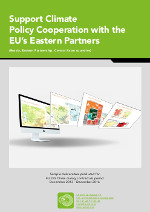

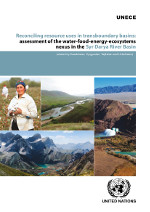














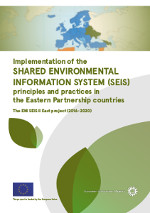

 To document the existing practice and use of drones in humanitarian settings and to understand the best use scenarios, past deployments have been evaluated and documented in short write ups. In particular, deployments by the World Bank, Humanitarian OpenStreetMap, IOM, Medair and UAViators are featured. The aim is to share the learnings with the greater humanitarian community to facilitate an understanding of potential use cases and best applications. Further case studies on delivery and search and rescue drones will be available shortly. The publication of these documents is part of the DG ECHO funded Initiative on Drones in Humanitarian Action, implemented by FSD in collaboration with CartONG, UAViators, and Zoi Environment Network.
To document the existing practice and use of drones in humanitarian settings and to understand the best use scenarios, past deployments have been evaluated and documented in short write ups. In particular, deployments by the World Bank, Humanitarian OpenStreetMap, IOM, Medair and UAViators are featured. The aim is to share the learnings with the greater humanitarian community to facilitate an understanding of potential use cases and best applications. Further case studies on delivery and search and rescue drones will be available shortly. The publication of these documents is part of the DG ECHO funded Initiative on Drones in Humanitarian Action, implemented by FSD in collaboration with CartONG, UAViators, and Zoi Environment Network.
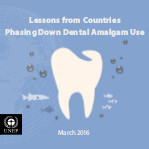
 These maps in Russian and Ukrainian display flood risks in the Dniester river delta and around Mohyliv-Podolskyi.
These maps in Russian and Ukrainian display flood risks in the Dniester river delta and around Mohyliv-Podolskyi.
 Russian-language maps created for the project "Environment and security in Belarus" – assessing and monitoring floods in the Pripyat river basin.
Russian-language maps created for the project "Environment and security in Belarus" – assessing and monitoring floods in the Pripyat river basin.
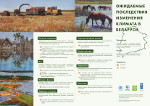 Two posters in Russian which describe climate change and its impacts in Belarus.
Two posters in Russian which describe climate change and its impacts in Belarus.








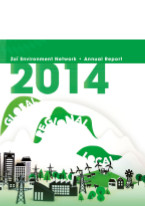
 The quarrying of raw materials – such as limestone, shale, sand and gravel – for cement and aggregates production poses significant risks to biodiversity and ecosystems. Building Materials companies and policy makers must work together to find solutions that balance the needs of society, business and nature.
The quarrying of raw materials – such as limestone, shale, sand and gravel – for cement and aggregates production poses significant risks to biodiversity and ecosystems. Building Materials companies and policy makers must work together to find solutions that balance the needs of society, business and nature.









 In collaboration with the Secretariats of Basel, Stockholm and Rotterdam Conventions, Zoï have made an inventory of the technical and scientific publications under the three conventions and designed an intuitive tool to browse through these.
In collaboration with the Secretariats of Basel, Stockholm and Rotterdam Conventions, Zoï have made an inventory of the technical and scientific publications under the three conventions and designed an intuitive tool to browse through these.  The transboundary Chu and Talas Rivers, with total annual discharge of some 8 km3, originate in the mountains of Kyrgyzstan. The main water source is seasonal snowpack but glacial melt also contributes importantly to the flow. Exposure to climate-induced extreme events, dependence on natural resources and low adaptive capacity all make the region vulnerable to climatic variability and change. Using a common approach for the Kazakhstan and Kyrgyzstan parts of the basins, scientists analysed the observed long-term trends, variability and projections of future climateand hydrology of the Chu and Talas river basins, and then elaborated the historical, current and forecast demands and main uses of water in the basins.
The transboundary Chu and Talas Rivers, with total annual discharge of some 8 km3, originate in the mountains of Kyrgyzstan. The main water source is seasonal snowpack but glacial melt also contributes importantly to the flow. Exposure to climate-induced extreme events, dependence on natural resources and low adaptive capacity all make the region vulnerable to climatic variability and change. Using a common approach for the Kazakhstan and Kyrgyzstan parts of the basins, scientists analysed the observed long-term trends, variability and projections of future climateand hydrology of the Chu and Talas river basins, and then elaborated the historical, current and forecast demands and main uses of water in the basins. The increasing stress from a changing climate makes good dialogue across borders vital. Inside the countries, too, entirely new approaches are needed to avoid confrontation and find compromises — if not consensus — when it comes to sensitive environmental, resource and social issues. And it is especially this dimension of work — building bridges among the states and their various groups — that requires continuous international support, resources and expertise. Zoi environment network is one of players on that field.
The increasing stress from a changing climate makes good dialogue across borders vital. Inside the countries, too, entirely new approaches are needed to avoid confrontation and find compromises — if not consensus — when it comes to sensitive environmental, resource and social issues. And it is especially this dimension of work — building bridges among the states and their various groups — that requires continuous international support, resources and expertise. Zoi environment network is one of players on that field.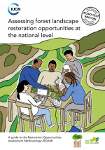




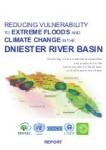

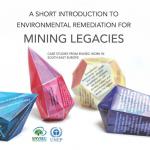
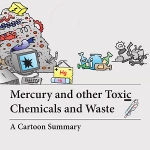

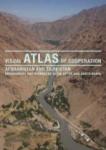


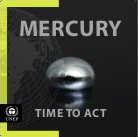
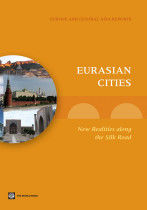
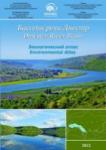 The Environmental Atlas of the Dniester Basin is the first attempt to present the environmental state of the transboundary river in a visual format which includes over 30 thematic maps of the basin, graphics, diagrams and pictures. The target groups for the Atlas are specialists in environmental protection, as well as the authorities and the population in the Dniester basin.
The Environmental Atlas of the Dniester Basin is the first attempt to present the environmental state of the transboundary river in a visual format which includes over 30 thematic maps of the basin, graphics, diagrams and pictures. The target groups for the Atlas are specialists in environmental protection, as well as the authorities and the population in the Dniester basin.
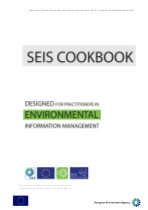

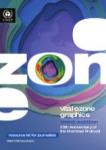

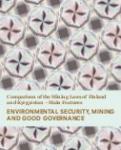
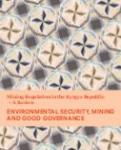

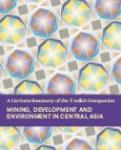



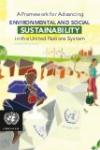


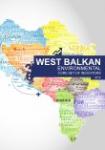
 Reliable information about the environment and in particular water resources is required for the sustainable future of Central Asia. This paper was presented at the UNECE workshop “Managing water information in Central Asia” in December 2011 in Kazakhstan.
Reliable information about the environment and in particular water resources is required for the sustainable future of Central Asia. This paper was presented at the UNECE workshop “Managing water information in Central Asia” in December 2011 in Kazakhstan.
 This map by Zoï environment network is a contribution to an international effort to support Ukraine and Moldova in jointly managing their shared Dniester river. Besides being used in numerous reports and publications, the map is also 'carved in stone' on nearly fifty information boards mounted along the Dniester river from its source to the mouth. Hopefully this will help people of the basin better understand and appreciate their common heritage, thus in the end turning environmental information into action.
This map by Zoï environment network is a contribution to an international effort to support Ukraine and Moldova in jointly managing their shared Dniester river. Besides being used in numerous reports and publications, the map is also 'carved in stone' on nearly fifty information boards mounted along the Dniester river from its source to the mouth. Hopefully this will help people of the basin better understand and appreciate their common heritage, thus in the end turning environmental information into action.

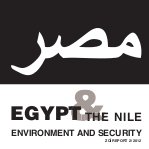



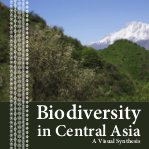
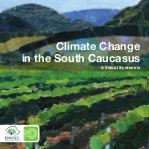
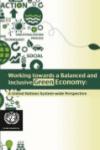



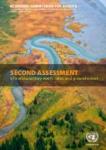

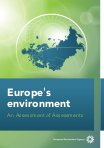




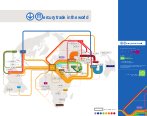 A solid appreciation of commercial mercury trade is a vital foundation upon which governments can build effective strategies and promote specific measures to address national and global mercury challenges.
A solid appreciation of commercial mercury trade is a vital foundation upon which governments can build effective strategies and promote specific measures to address national and global mercury challenges. There is now only one known mercury mine in the world which continues to sell its output abroad: Khaidarkan, in the remote mountains of southern Kyrgyzstan.
There is now only one known mercury mine in the world which continues to sell its output abroad: Khaidarkan, in the remote mountains of southern Kyrgyzstan. Design, maps, graphics and layout by Zoï Environment Network.
Design, maps, graphics and layout by Zoï Environment Network.
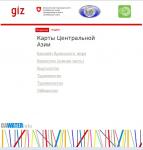 Maps of Central Asia: Aral Sea basin, Kazakhstan (south part), Kyrgyzstan, Tajikistan, Turkmenistan, Uzbekistan.
Maps of Central Asia: Aral Sea basin, Kazakhstan (south part), Kyrgyzstan, Tajikistan, Turkmenistan, Uzbekistan. Zoï helps the EMPIS-SEIS (European Neighborhood Policy Instrument - Shared Environmental Information Systems) National Focal Points prepare the Country Reports and associated action lists. These assessment reports describe the existing institutional cooperation in the partner countries in the field of water resources, atmospheric air, soil and biodiversity protection and waste management, assesses current environmental inter-institutional cooperation in these priority fields and identifies the country's capacity for taking SEIS implementation forward.
Zoï helps the EMPIS-SEIS (European Neighborhood Policy Instrument - Shared Environmental Information Systems) National Focal Points prepare the Country Reports and associated action lists. These assessment reports describe the existing institutional cooperation in the partner countries in the field of water resources, atmospheric air, soil and biodiversity protection and waste management, assesses current environmental inter-institutional cooperation in these priority fields and identifies the country's capacity for taking SEIS implementation forward.







 Dniester Basin GIS (Geographic Information System)
Dniester Basin GIS (Geographic Information System) The maps are JPG images in Russian ( large files):
The maps are JPG images in Russian ( large files):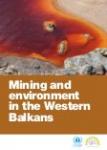



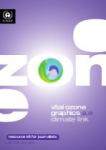


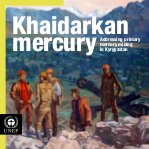

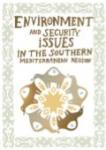

 This report is the First State of Environment (SOE) Report for Afghanistan and provides readers with an overview of the key environmental issues, factors and drivers of environmental change in Afghanistan, and highlights the latest achievements and prospects ahead.
This report is the First State of Environment (SOE) Report for Afghanistan and provides readers with an overview of the key environmental issues, factors and drivers of environmental change in Afghanistan, and highlights the latest achievements and prospects ahead. 
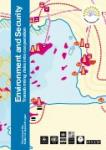
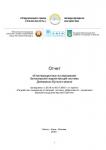



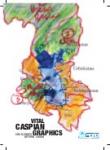
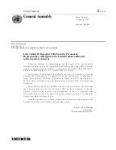
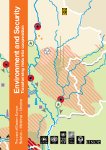


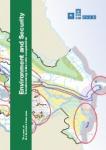
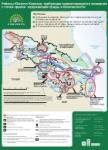 The text on this poster is in Russian.
The text on this poster is in Russian.
